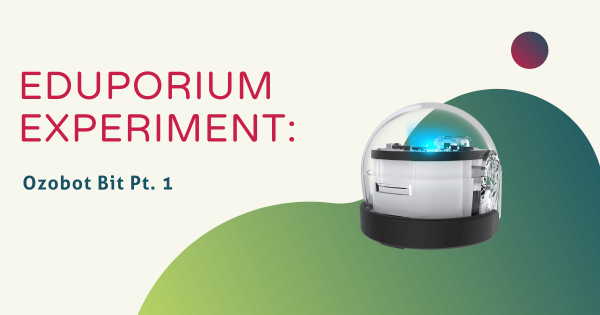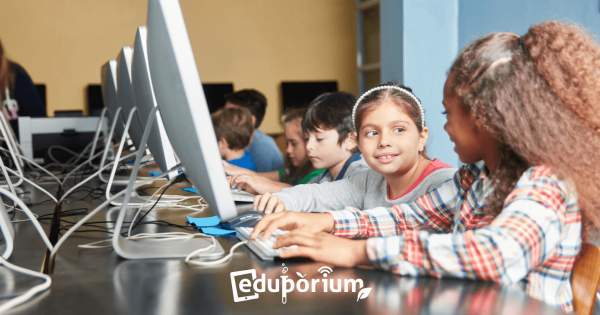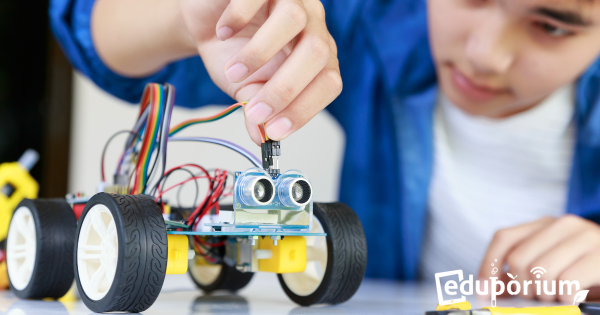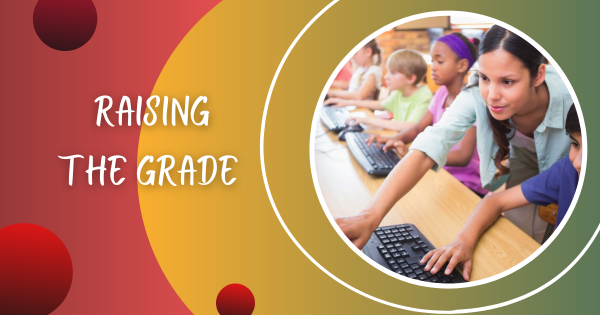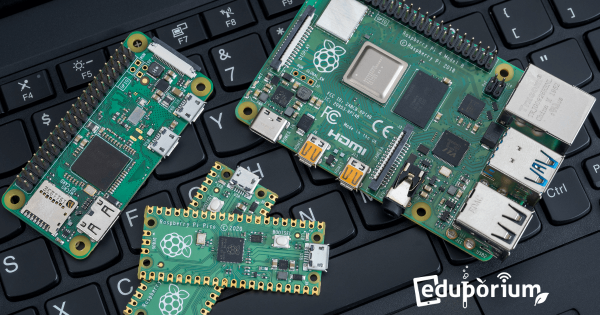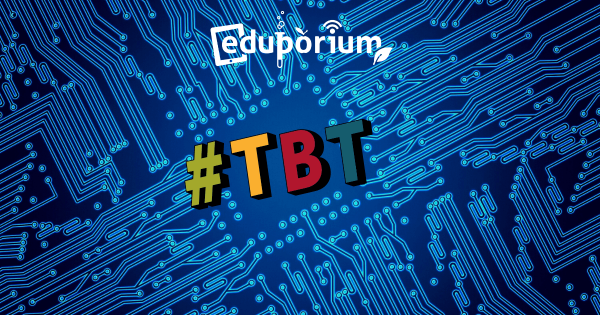As you might have guessed, I was surprised when I learned that its Ozoblockly software could actually command this tiny bot to execute a bunch of different actions on the spot—all the way from swerving to spinning and responding to color-coded cues! Learn how the original Ozobot model set the tone for coding instruction.
Computer Science
Computer science remains an integral element of STEM education and, these days, of K-12 education as a whole. With so many connections to current or future career opportunities, learning computer science skills can unlock various professional benefits for today's students. Because much of computer science ties in to the STEM economy in so many ways, it truly began to boom in high schools over the last couple decades. Now, however, students are starting to get a taste of it as early as kindergarten. With that foundation, they can continue learning new and more intricate skills throughout elementary and middle school. This helps put them in a prime position to learn the more advanced skills and coding languages in high school. With hands-on coding experiences serving as a driving introductory force to learning computer science, tons of students continue to benefit.
It's truly possible to incorporate a computer science curriculum at all levels of education. Even if experiences happen only after school, kids of any ages could partake. As early on as kindergarten, children can explore screen-free coding and develop foundational CS skills with tools like the Cubetto Robot or Bee-Bot. And, moving into early elementary school, they can dive into digital coding with block-based challenges. This introduces them to some more important elements of computer science and includes robust solutions they can try in classrooms. Among them are the Ozobot Evo, Dash Robot, Root Robot, and tons of others. Then, in middle school, they could explore graphical coding further or get into text-based coding. Using tools like the Edison Robot, Finch 2.0, Marty V2, or others, they can try more. Then, they'll be ready for full text code in high school with the NAO AI, databot 2.0, or others.
-
Eduporium Weekly | Kicking off National Robotics Week
Hey, did you hear that this coming week is National Robotics Week!? That’s right—from April 4-12, we’re celebrating the best of robotics in STEM education, from the learning opportunities they provide to the services they help complete! Find out how to make robotics a regular part of your curriculum!
-
Eduporium Weekly | Why Isn't CS For All?
Teaching with technology can be intimidating for some teachers, especially if they are new to it, feel the pressure from society or lack the creative ideas for weaving the products into the curriculum. It’s okay to feel that kind of anxiety though—in fact, it’s perfectly normal! Just remember that there’s no wrong way to explore teaching with technology.
-
Coding And Robotics—Evolving From Feared To Required
Coding is a central skill that’s becoming more and more necessary in order for workers to thrive in this increasingly technological era. It’s on its way to (if it has not already) becoming a worldwide language—and an undeniable component of global culture. So, recently, enthusiasm for teaching coding skills in the classroom has grown—a lot—and kids are benefitting.
-
Eduporium Weekly | Prepare Now And Thank Us Later
There are so many things that contemporary educators have to account for and many of them—like personalizing learning, teaching coding, and using technology—are still all really new. Luckily for them, we can share a bunch of sound advice for helping to get today’s students more ready to take on tomorrow’s increasingly complex world!
-
Raising The Grade: The Necessity of Computer Class
For years, computer and Internet has become a necessity. We use them to work, perform daily functions, entertain ourselves, and learn. It’s evermore important that young people are exposed to this technology as early as possible. After all, if they are to rely on computers and Internet later in life, let’s make it readily available for use.
-
Raspberry Pi: A Bite-Sized Taste of Technology
While in the office and doing some research I overheard two of my co-workers discussing Raspberry Pi. Two things happened next, and I can’t remember which came first. One, my stomach growled loud enough for my family to hear it back in California; and two, I jumped from behind my desk and asked where the pie was, and who had the whipped cream.
-
Throwback Thursday! Moore's Law
This is not a law of physics nor of nature but an observation about the rate of advancement in computing. “Moore’s law is the observation that, over the history of computing hardware, the number of transistors on integrated circuits doubles approximately every two years—this roughly translates into the speed of computing doubling every two years.”
-
Our Hour Of Code Experience For CS Ed Week 2014
We spend a lot of time at the office here at Eduporium HQ, and we don’t get to spend as much time with children as we would like. When some friends from the Cambridge Montessori School invited us to bring some of our educational technologies for a workshop they were doing for the annual Hour of Code event, we could barely contain our excitement.




